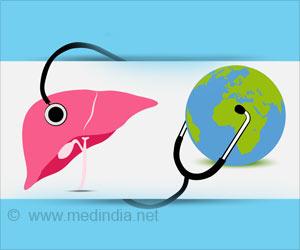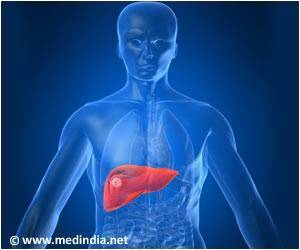
"We usually think of PTSD as something you develop if you go to war, are sexually assaulted or suffer a similar emotional trauma," says Dale Needham, M.D., Ph.D., a critical care specialist at the Johns Hopkins University School of Medicine and senior author of the study published online in Psychological Medicine. "Instead, it may be as common, or more common, in ICU patients as in soldiers, but it's something many doctors — including psychiatrists — don't fully appreciate."
"Physical weakness usually gets better, but these mental symptoms often just linger," says study leader O. Joseph Bienvenu, M.D., Ph.D., an associate professor of psychiatry and behavioral sciences at Johns Hopkins. "We need to pay more attention to preventing and treating PTSD in these patients."
Bienvenu says the unusual thing about PTSD in ICU survivors is that they often experience flashbacks about delusions or hallucinations they had in the hospital, rather than events that actually occurred. Having a life-threatening illness is itself frightening, but delirium in these patients — who are attached to breathing machines and being given sedatives and narcotics — may lead to "memories" of horrible things that didn't happen, he adds.
"One woman thought her husband and the nurse were plotting to kill her," Bienvenu recalls.
For the study, the Johns Hopkins team observed 520 mechanically ventilated patients with ALI, recruited from 13 ICUs at four Baltimore hospitals between October 2004 and October 2007. Fifty-three percent survived their hospitalization, and 186 patients had at least one research visit over the subsequent two-year follow-up period.
Advertisement
Advertisement
Those who had sepsis (a severe response to infection) during their ICU stay, and those who were given high doses of opiates, were more likely to develop PTSD as well. Those given corticosteroids while in the ICU were less likely to develop PTSD, though the exact reasons why are unknown.
The delirium often associated with ICU stays and post-ICU PTSD may be partially a consequence of inflammation caused by sepsis. This inflammation may lead to a breakdown in the blood-brain barrier, which alters the impact on the brain of narcotics, sedatives and other drugs prescribed in the ICU.
Bienvenu says patients who have these risk factors need special attention. Simply educating them and their primary care doctors about the increased risk for PTSD would be a step in the right direction, he adds.
Each year, almost 1 million patients in the United States are hooked up to ventilators in an ICU, and 200,000 are estimated to develop ALI, usually as the result of infection. The lungs of healthy people allow the easy exchange of gases to enable oxygen to enter the bloodstream, and carbon dioxide to exit the body. In ALI patients, the normally light and dry lungs become heavy and soggy like a wet sponge.
People with PTSD, a form of anxiety disorder, may feel severely stressed or frightened even when they're no longer in danger. The symptoms fall into three categories: reliving the traumatic experience (flashbacks, nightmares), avoidance (feeling numb, detached, staying away from people and places that serve as reminders of the experience), and hyperarousal (being easily startled, having difficulty sleeping, irritability).
PTSD can impair quality of life and slow patients' recovery from a critical illness, keeping victims from returning to work or performing usual activities of daily life.
Needham, Bienvenu and others at Johns Hopkins are interested in whether changing care in the ICU can reduce the incidence of PTSD. Needham's team has reported on studies showing that early physical rehabilitation for ICU patients can speed and enhance recovery, and he says "psychological rehab" now deserves attention.
One European study looked at the use of ICU diaries, where nurses and family members recorded what was happening with the patients daily while they were in the ICU, sometimes taking photographs. The diaries were then given to the patients a month after leaving the ICU, with phone debriefing from a nurse. The intervention reduced PTSD symptoms by helping patients make sense of their ICU memories, Bienvenu says.
Source-Eurekalert









